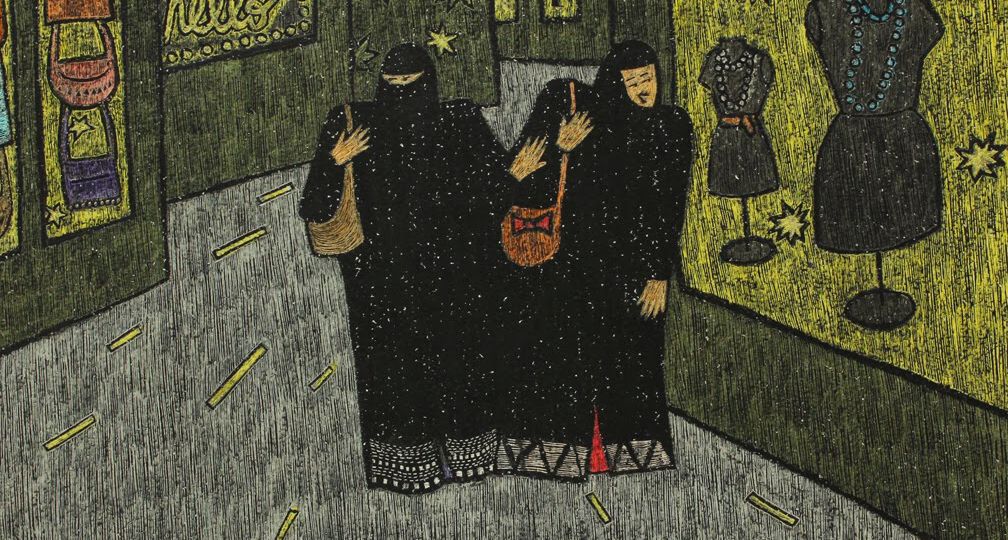
By: Priyanka Sacheti at the IMOW Blog
Shreyas R Krishnan
 |
| Hidden in Plain Sight |
Bakula Nayak
 |
| Onefish-twofish |
Bakula finds romance in the world gone by. A hoarder of all things vintage, especially paper ephemera, she is on a constant quest to repurpose her vintage finds so they have life in a new context and can relive their glory. My Cup of Tea allows her to access the alternate world she inhabits and which she observes through multiple perspectives and lens: “in montages, sometimes in fast-forward or in slow motion.” She seeks to breathe life into a forgotten piece of beauty by using a book of wallpaper samples circa 1931 as a canvas in her works such as in My cup of tea-Ohmy! The things I find in it! “The gorgeously aged paper has vintage prints on one side and my pen and ink renderings on the other,” she says of her work, which marries the past and contemporary through grace and beauty.
Trusha Sawant
 |
| Do I Dare Disturb the Universe |
The fourth member of the collective, Trusha finds the world a bizarre place to inhabit. She loves visually curating the odd bits and bobs that surround her, knowing that there exists an aesthetic of the absurd. Her theme for the illustrations she created for the collective was how one notices things and consciously forgets. “My work, Out of the Blue is my interpretation of these abandoned spaces between observations and memories where the absurd resides,” she says of her illustrations permeated by a distinct sense of whimsy.
Kalyani mentions that she loved the experience of sharing each piece with the collective as soon as it was done. “What I particularly love about the people I collaborated with was the space and freedom to create on paper without interference — and still being able to work together to reach certain goals,” she says. She feels that working in a collective is a joy, especially when there is “criticism that pushes you to strive on what works best for you. A collective is about shining individually and as a group.”
Even a brief glance at the illustrators’ works will reveal distinctly and excitingly different approaches, techniques, and themes. Yet what binds the artists and the works together is that of presenting a mosaic of stories, each part contributing to a vibrant larger whole.
This post was originally published here on February 17, 2014.
